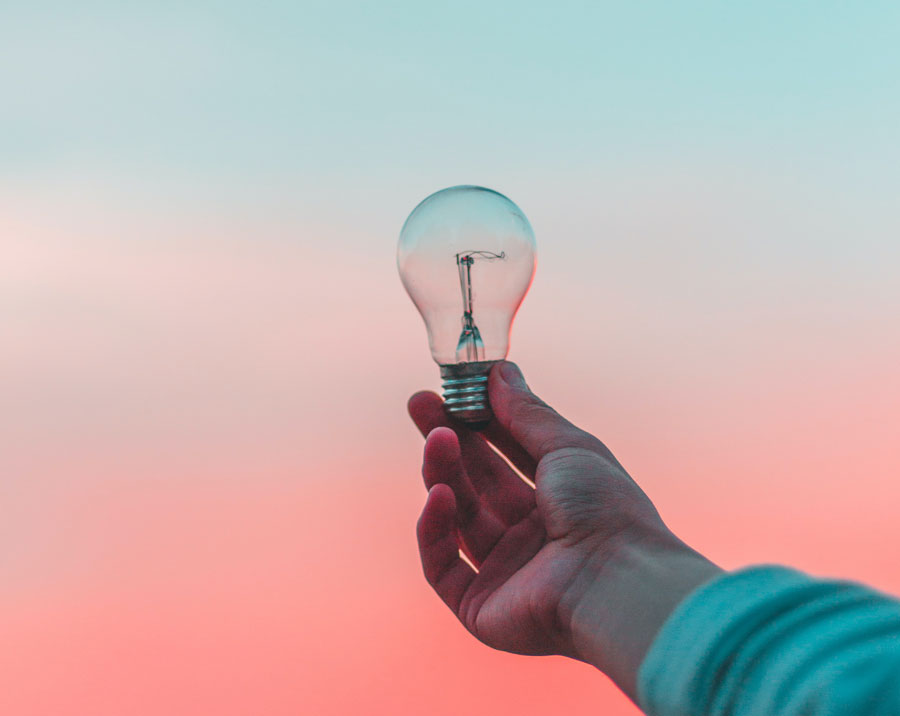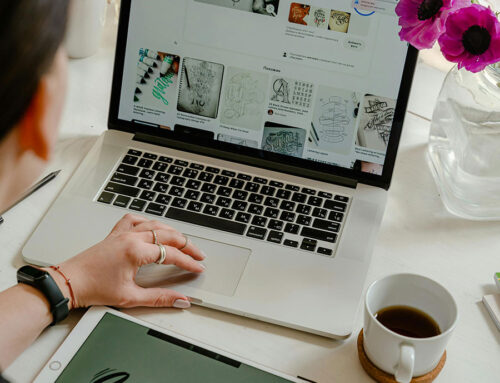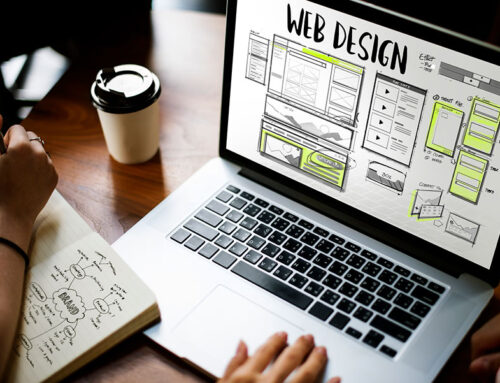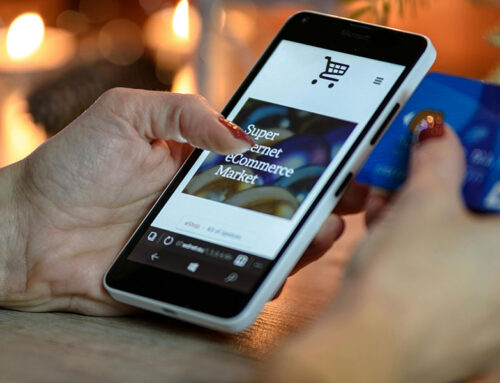Material design is the style that is currently being widely discussed in the professional design community. It first appeared in 2014 thanks to Google deciding to renew all its products and manage them all in the same way, applying the same principles of graphic appearance. However, the ideas that were included in this standard are still relevant and are being implemented today by the best UI/UX design companies in the USA.
The key concept of material design is the word “material” itself. In this case, it is a metaphor for an object. Material design, as its main objective, ensures that graphic interfaces behave like real materials, like objects. But behaving like existing materials does not mean imitating their textures or surfaces in a tacky or kitschy way. Instead, it means having the ability to adapt to various situations.
The Characteristics of the Material Design
At its core, material design has four key principles: tactile surfaces, intelligent animations, adaptability, and digital ink. Let’s analyse how these elements are used by professional designers one by one.
1. Tactile Surfaces
The first fundamental characteristic of material design is the use of digital surfaces or quantum papers. In practice, each element of a graphical interface becomes a real and tangible surface.
Due to this, the elements acquire realistic shadows because they are structured hierarchically one above the other.
Then there is the depth of the material design. Substantially, the division into levels of the digital surfaces improves the user experience and focuses its attention on the important elements of the page, such as buttons or navigation menus. This provides a fundamental difference from flat design. The material design instead introduces the depth and three-dimensionality of the interfaces’ surfaces. But it does so while remaining in the simplicity of the lines and shapes.
2. Smart Animations
Obviously, the graphical interfaces are not static. Google’s designers and developers paid close attention to this aspect.
Above all, they focused on the fact that animations within a graphical interface must be highly sensible and consistent with the user experience at that time. An animation must be the consequence of a gesture and, therefore, the intention of the user.
It is also very important that the animation starts from the exact point where the input (the click or the touch) was given; for example, a window that opens from a corner where you clicked.
3. Adaptability
All graphic interfaces must be responsive; that is, adapt dynamically and automatically to each device from which you access that interface, be it a computer, tablet, or mobile phone. This greatly improves the user experience since they will be able to read content or watch videos the same way on every device.
One way to structure a webpage or an application interface so that it can be used by any device is to design different sizes for the blocks and cards, which make up the graphics.
4. Digital “Ink”
The last of the four main components of Google’s “material design” is the so-called “digital” ink; i.e. the application of printing principles to the digital surfaces of the interfaces.
Basically, everything that is applied to digital surfaces within the metaphor of the material on which the language is based then becomes digital ink and takes on a real form.
Just as in the world of “printed” design, typography plays a crucial role, as it does in digital material design. Google, in particular, has been criticised for the limited choice of the font (there is only the Roboto family).
Of course, all the colours and images used are also part of the digital ink. Google does offer some guidelines for developers regarding which colours and/or images to choose when applying the principles of the material design. For example, it is advised not to choose more than three colours or not to use low-quality images or pictures that do not explain the context.
Should You Adopt Material Design?
Material design is already a firm trend in web design and graphic interface design since it allows us to experiment with fonts, shapes, and colours while always having the needs of the user in mind.
So if you feel that the principles of material design go well with your personal understanding of the goals of the design, you should definitely have a closer look at its principles and tools. You can read more about material design here.
Material Design can be useful not only to UX/UI designers but also to web designers or mobile designers, as it primarily focuses on how to structure everything in a responsive, adaptable way.
Google developers put a lot of effort in creating the so-called “float menu” and principles of intelligent animations that make the entire user experience better.
Conclusion
Hopefully, this post will inspire you to rediscover material design and reuse some of its principles in your work. The intelligent tools that this paradigm offers and the extensive guidelines from Google developers can certainly aid you in pursuing new sides of your professional creativity.






Leave A Comment